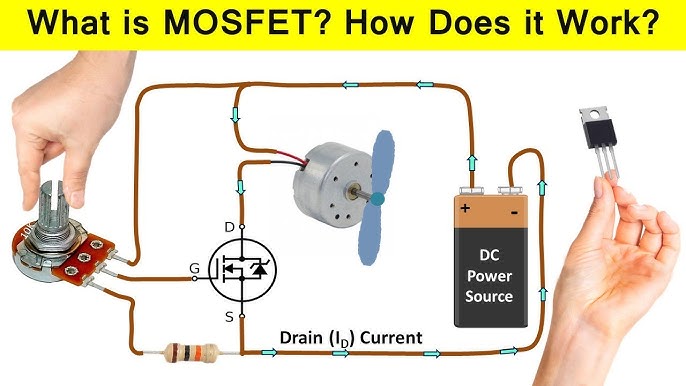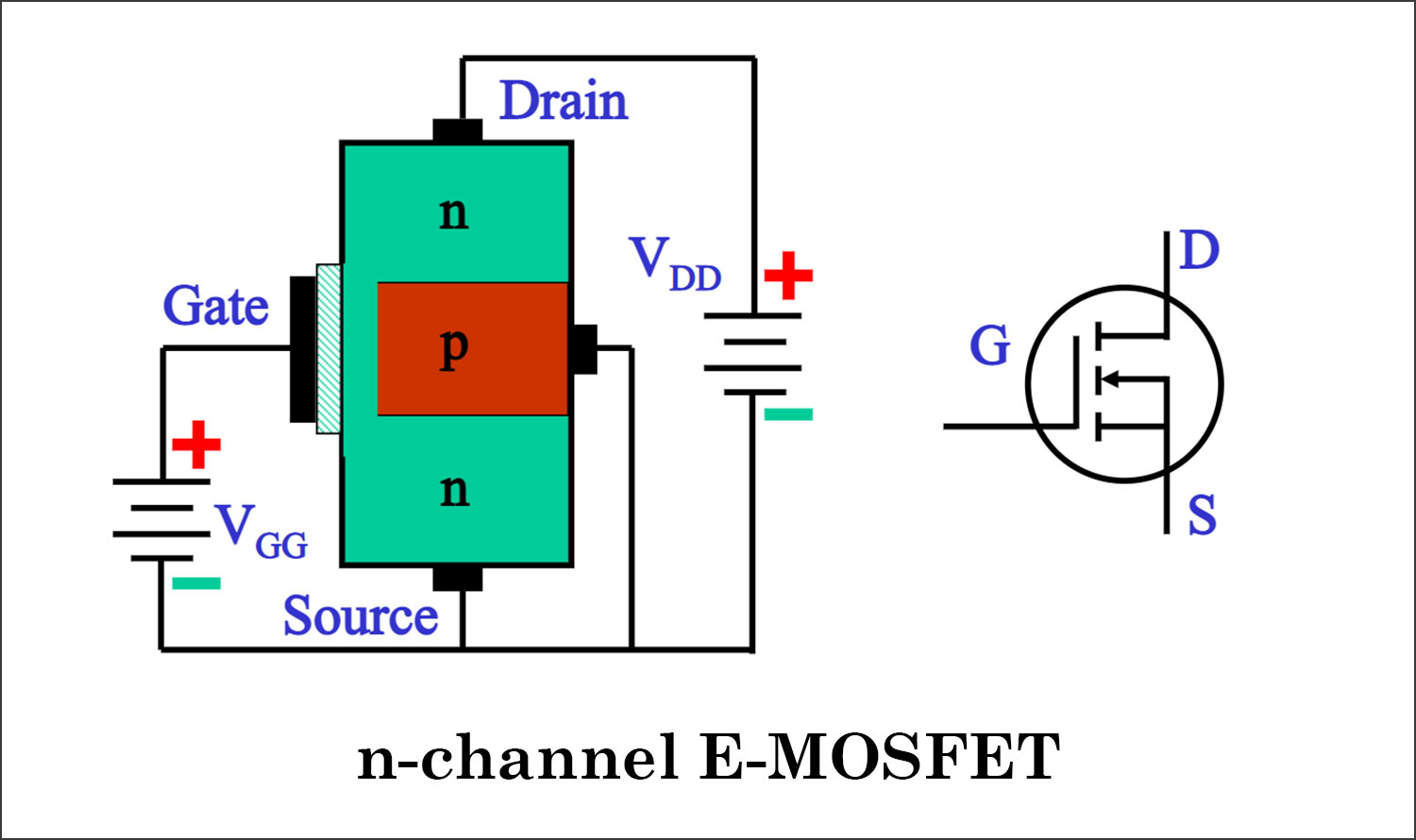Alright, let me tell you about this one time I was wrestling with a project. I was trying to get a strip of LEDs to pulse just right for this mood lamp I was building. Seemed simple enough, right? I thought I could just use a regular little transistor to switch them on and off with my microcontroller. But man, it was giving me such a headache. Sometimes it worked, sometimes it just… didn’t. Or it got hot. Real frustrating stuff.

So, I started digging around in my box of components, looking for something beefier, and I found these little black three-legged things. I’d seen them before but never really bothered to understand them properly. This time, I was forced to. I pulled out the datasheet for one, and it said “MOSFET”. Okay, new territory for me back then.
Figuring Out This MOSFET Gizmo
I spent a good evening just staring at diagrams and trying to make sense of it. It turns out, these MOSFETs are pretty clever little switches. They have three connections, or pins as folks call ’em:
- Source
- Gate
- Drain
Now, the way I finally got it to click in my head was by thinking of it like a water tap, but for electricity. The Source is where your main electricity supply wants to come from, and the Drain is where it wants to go to, like to my LEDs. But nothing flows, or very little, unless you do something with the Gate.
The Gate is the magic part. It’s like the handle on the tap. When you apply a little bit of voltage to the Gate (compared to the Source), it’s like you’re turning the tap handle. This voltage creates an… well, they call it an “electrical field,” but what it does is it basically opens up a path, or a “channel” they say, inside the MOSFET between the Source and the Drain. The main electricity can then VROOOM, flow through from Source to Drain and light up my LEDs!
And here’s the cool bit: if you remove that voltage from the Gate, or make it zero, that path closes up again. The electricity stops flowing, just like turning off the tap. It’s an electronic switch, no moving parts to wear out, and it can switch things much faster and often handle more current than those dinky transistors I was first trying to use, without needing much current at all on the Gate to control it.

The “Aha!” Moment and What Happened Next
So, I hooked it up. I connected my microcontroller’s output pin to the Gate (with a resistor, just to be safe, you learn these things), the LED strip to the Drain, and the power supply to the Source and the LEDs. And what do you know? It worked like a charm! The LEDs pulsed bright and clean, no more weird behavior, no overheating. It was a proper “aha!” moment.
Once I understood that basic idea – apply voltage to the Gate to let current flow between Source and Drain – it opened up a lot of possibilities. I started noticing these MOSFETs are used all over the place, especially when you need to switch higher currents or voltages with a small control signal. Think about stuff in cars, power supplies, motor controllers… they’re in a ton of modern electronics. It’s basically a tiny gatekeeper for electricity, and you just need to give the Gate the right signal to tell it when to open or close. Pretty neat once you get the hang of it!

